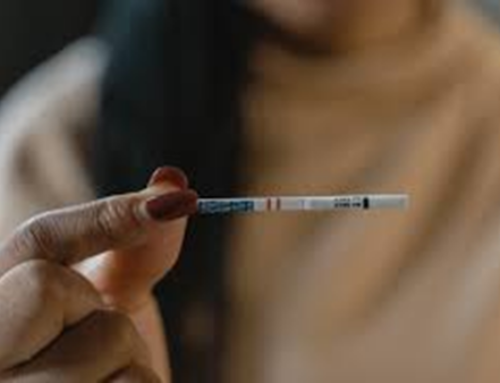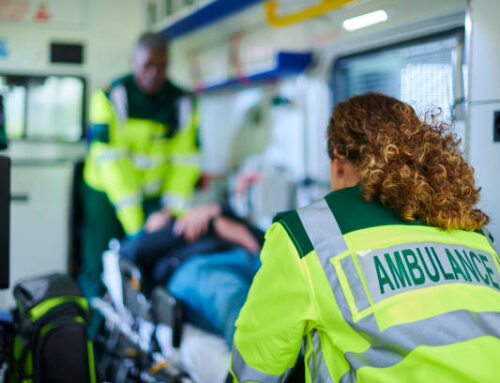The first blog in our Fentanyl Uncovered series explores the history of fentanyl and what makes it different from other opioids.
Ten years ago, oxycodone was touted as the most dangerous and addictive prescription drug in circulation. It contributed to hundreds of thousands of overdoses, ushering in what would become known as the ‘opioid epidemic.’ More recently, though, another drug called fentanyl has emerged as the eminent antagonist in the opioid crisis.
In 2010, fentanyl was responsible for only 14.3% of deadly opioid overdoses. By 2017, that percentage had risen to 59.8%. Fentanyl is now estimated to be the cause in roughly 75% of opioid-related deaths, cementing its status as the deadliest narcotic on the streets.
Another dangerous aspect of fentanyl is the fact that it can take varying forms. Often grouped in with fentanyl are drugs known as ‘fentanyl analogs.’ A fentanyl analog is a drug with a very similar chemical composition to fentanyl, but could be far more potent and dangerous. Some fentanyl analogs can increase the likelihood of overdose and will require higher doses of naloxone to recover an overdose victim.
What is Fentanyl? An Opioid Origin Story
The danger presented by fentanyl seems like a recent development, but its history dates back much further than the opioid epidemic. Fentanyl is a synthetic opioid first synthesized by Paul Janssen in 1960, and approved for medical use in the United States eight years later. The drug was originally administered to anesthetize patients undergoing surgery, and later found use in chronic pain management in clinical practice.
Because fentanyl is roughly 100 times stronger than morphine, it proved effective in very small doses. But despite the dangers it presented in respiratory depression, fentanyl was little cause for concern while it was sequestered to clinical settings. In the last few decades, though, as the over-prescribing of opioids led to a sharp rise in addiction rates, the illicit drug market was primed for a narcotic like fentanyl. A kilogram of fentanyl can be produced at roughly one tenth of the cost of producing a kilogram of heroin. And because of fentanyl’s extreme potency, it can be trafficked in much smaller portions, making it more difficult for law enforcement to detect and seize.
The Modern Crisis of Illicit Fentanyl
As regulatory organizations have worked to reduce the amount of fentanyl being prescribed, the illicit drug trade has begun producing and distributing fentanyl and fentanyl analogs. Much of the illicit fentanyl currently sold in the United States originates from fentanyl precursors made in factories overseas. Fentanyl precursors are essentially chemical ingredients used to synthesize the drug. The precursors are typically purchased by drug cartels who use them to make fentanyl and fentanyl analogs. These drugs are often used to lace other drugs like heroin or cocaine, or are pressed in counterfeit pill presses and sold as other opioids like oxycodone or hydrocodone.
Why is Fentanyl So Dangerous?
Fentanyl has claimed the lives of cultural icons like Prince, Tom Petty, and Mac Miller, but hundreds of others lose their lives every day to the drug. Because fentanyl can be deadly in doses as small as two milligrams, it can be difficult for even experienced opioid users to determine a safe dose. Dependency on fentanyl is stronger and develops quicker than many other opioids, leading to the excessive intensity of its withdrawals.
With the significant danger presented by fentanyl, it’s more important than ever before that we work to remove barriers to treatment. Increasing the availability of medication for opioid use disorder (MOUD) and distributing naloxone as well as fentanyl test strips are key proactive measures in the fight against rising overdose rates. Our efforts can’t stop there, though. Funding, policy change, and community action will all be needed to halt the ever-rising number of fentanyl-related deaths.
Read Part 2: The Evolving Opioid Crisis
Read Part 3: The Future of Opioids and Recovery
If you or a loved one are struggling with addiction, call the New England Recovery Center today at 1-877-MyRehab.










